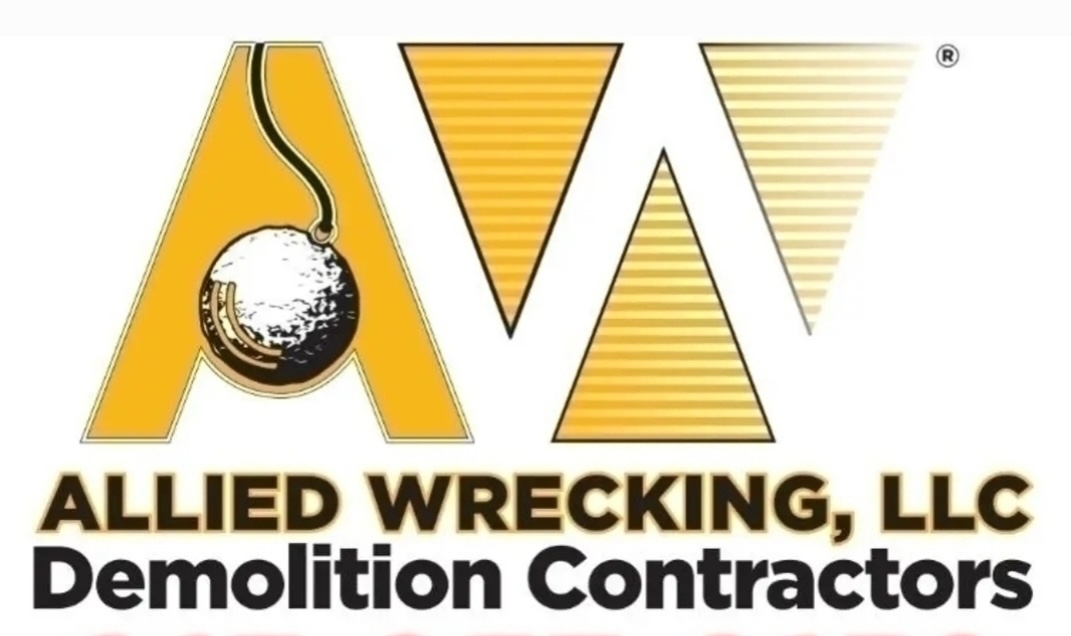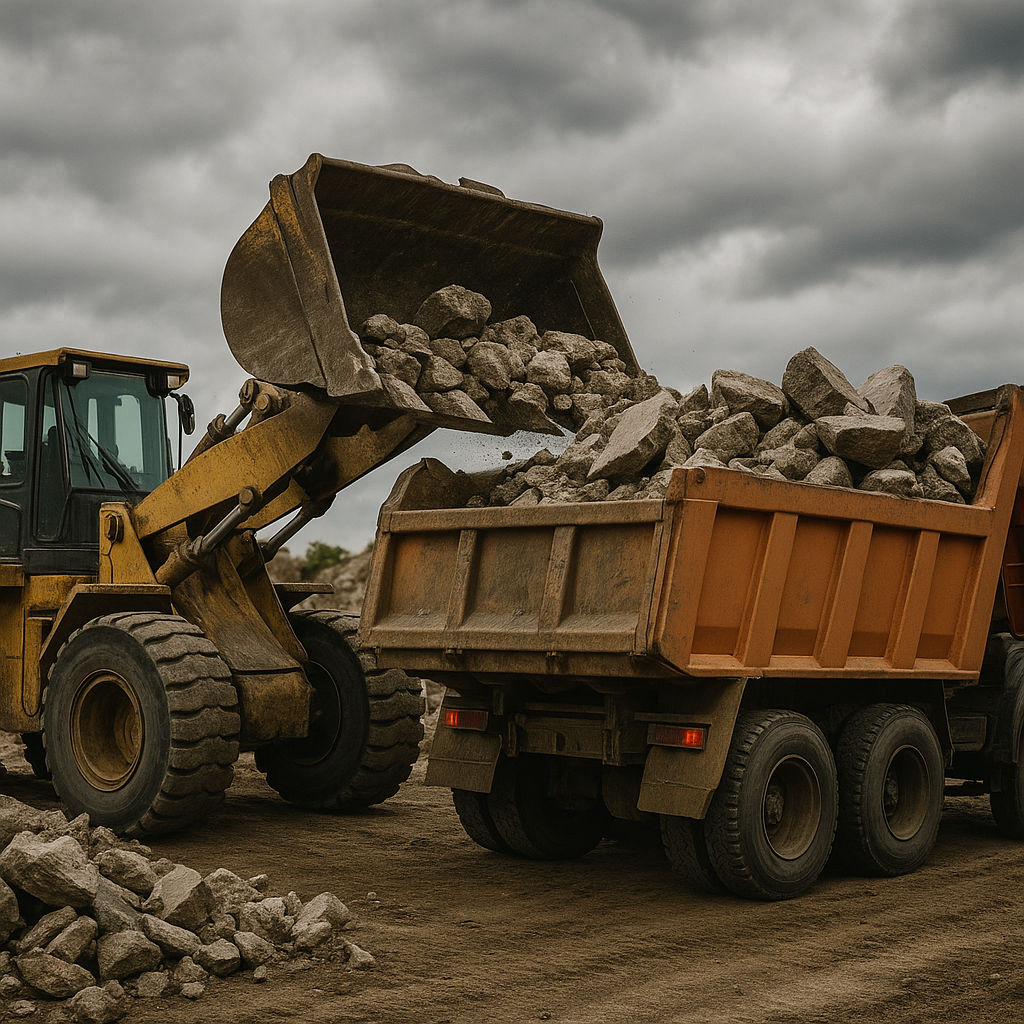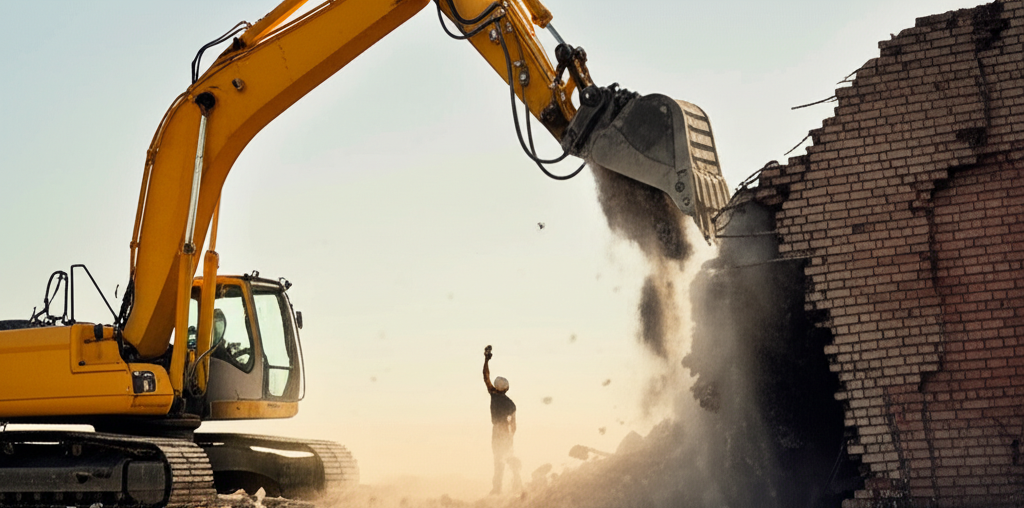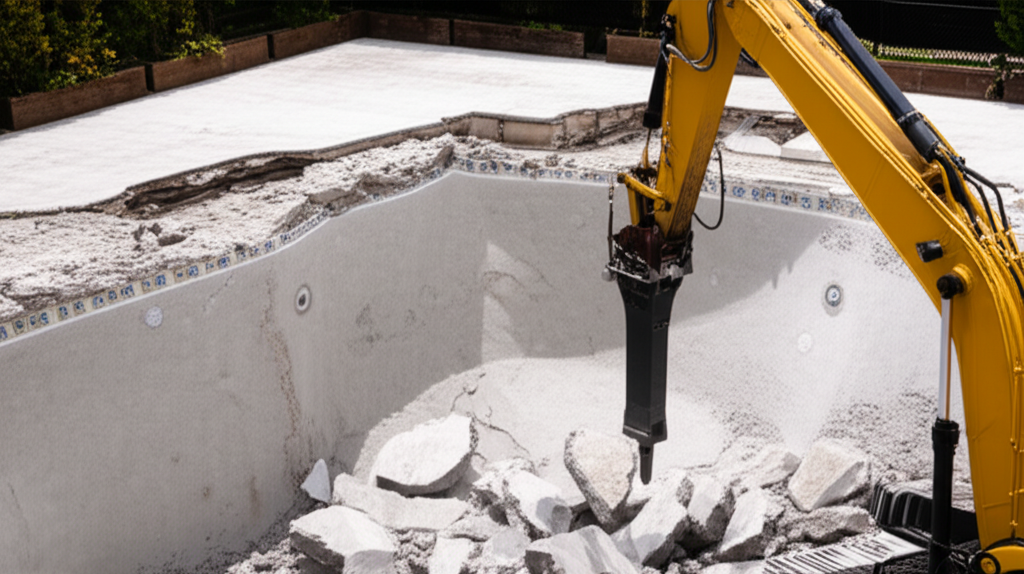The demolition industry is undergoing a significant transformation as environmental concerns become increasingly important. Modern demolition is no longer just about tearing down structures—it's about doing so in ways that minimize environmental impact and maximize resource recovery. This article explores the sustainable practices that are reshaping the demolition industry and how ALLIED Wrecking is implementing these approaches in Tampa.
The Environmental Impact of Traditional Demolition
Before discussing eco-friendly alternatives, it's important to understand the environmental challenges posed by conventional demolition:
- Waste generation: Construction and demolition (C&D) waste accounts for approximately 30% of all waste generated in the United States
- Landfill burden: Much of this waste traditionally ends up in landfills, consuming valuable space
- Resource depletion: Discarding reusable materials increases demand for new raw materials
- Energy consumption: Manufacturing new building materials requires significant energy
- Emissions: Traditional demolition creates dust, noise, and carbon emissions
- Hazardous materials: Improper handling of materials like asbestos, lead, and chemicals can contaminate soil and water
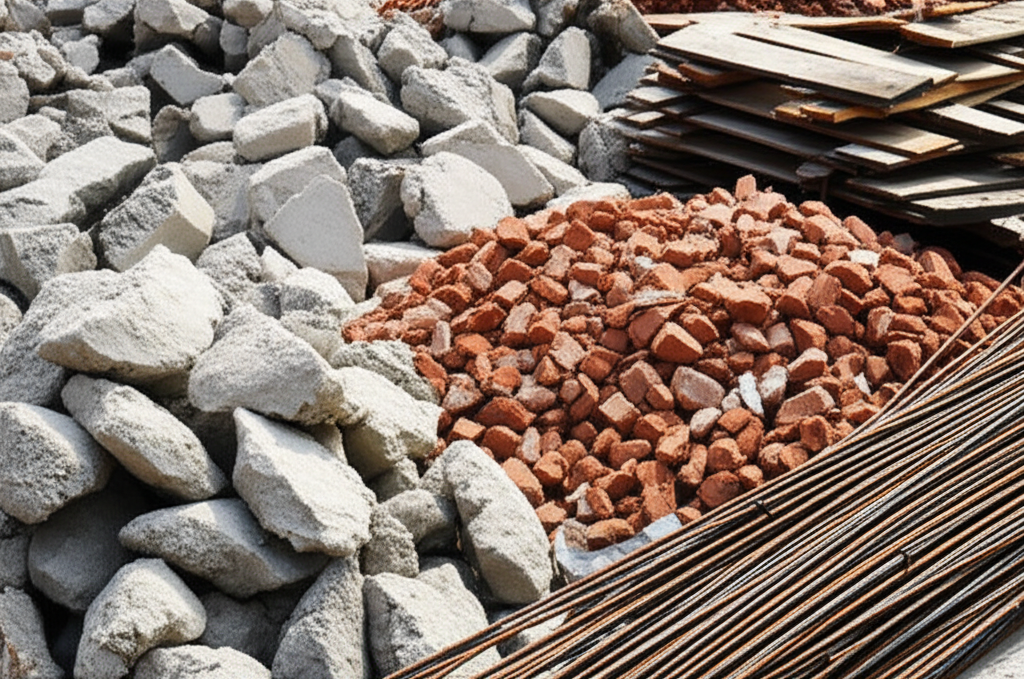
Principles of Eco-Friendly Demolition
Sustainable demolition is guided by several core principles:
1. Waste Hierarchy
Following the "reduce, reuse, recycle" hierarchy:
- Reduce: Minimize the amount of material that becomes waste
- Reuse: Find new applications for salvaged materials
- Recycle: Process materials that can't be reused into new products
- Dispose: As a last resort, properly dispose of materials that can't be recycled
2. Deconstruction vs. Demolition
Deconstruction involves carefully dismantling structures to preserve materials for reuse, as opposed to traditional demolition which focuses on rapid removal.
3. Material Recovery
Identifying and separating valuable materials that can be recycled or reused rather than treating everything as waste.
4. Pollution Prevention
Implementing measures to control dust, noise, and potential contaminants during the demolition process.
5. Energy Efficiency
Using fuel-efficient equipment and optimizing processes to reduce energy consumption.
Did You Know?
According to the EPA, the United States generates over 600 million tons of construction and demolition debris annually—more than twice the amount of municipal solid waste. Recycling and reusing these materials can significantly reduce environmental impact.
Sustainable Demolition Practices
Here are the key practices that make up eco-friendly demolition:
1. Pre-Demolition Audits
Before demolition begins, a thorough assessment identifies:
- Materials that can be salvaged for reuse
- Recyclable materials and quantities
- Hazardous materials requiring special handling
- Waste streams and appropriate management strategies
This audit forms the basis of a waste management plan that maximizes resource recovery.
2. Selective Demolition
Rather than indiscriminate demolition, structures are taken apart in a planned sequence:
- Removal of reusable fixtures and finishes first (doors, windows, cabinets, etc.)
- Stripping of recyclable materials (metals, wood, etc.)
- Separation of different waste streams
- Structural demolition only after salvageable materials are removed
3. Material Recycling
Modern demolition projects can recycle numerous materials:
- Concrete and masonry: Crushed and used as aggregate for new concrete, road base, or fill
- Metals: Steel, aluminum, copper, and other metals are highly recyclable
- Wood: Clean wood can be recycled into mulch, biomass fuel, or new wood products
- Asphalt: Recycled into new asphalt pavement
- Glass: Recycled into new glass products or construction materials
- Drywall: Recycled into new drywall or used as a soil amendment
4. Material Reuse
Many building components can be salvaged for direct reuse:
- Architectural elements (mantels, columns, decorative features)
- Hardwood flooring
- Solid wood doors and trim
- High-quality windows
- Plumbing fixtures
- Lighting fixtures
- HVAC equipment
- Bricks and pavers
These materials are often sold to architectural salvage companies or donated to organizations like Habitat for Humanity ReStore.
5. Dust and Pollution Control
Eco-friendly demolition includes measures to minimize environmental pollution:
- Water spraying systems to control dust
- Erosion control measures to prevent runoff
- Noise reduction strategies
- Proper containment of hazardous materials
- Clean fuel and emission reduction technologies for equipment
6. Hazardous Material Management
Proper handling of hazardous materials is critical:
- Asbestos abatement by certified professionals
- Lead paint removal and disposal
- PCB management (often found in older transformers and light ballasts)
- Mercury-containing device removal (thermostats, switches)
- Proper disposal of refrigerants from HVAC systems
Benefits of Eco-Friendly Demolition
Sustainable demolition practices offer numerous benefits:
Environmental Benefits
- Reduced landfill waste
- Conservation of natural resources
- Lower carbon footprint
- Reduced pollution and contamination risks
- Energy savings from material recycling vs. new production
Economic Benefits
- Lower disposal costs
- Revenue from salvaged materials
- Potential tax benefits for material donations
- Compliance with regulations, avoiding fines
- Competitive advantage in an increasingly environmentally conscious market
Social Benefits
- Creation of jobs in recycling and salvage industries
- Preservation of architectural heritage through salvage
- Reduced community disruption through better dust and noise control
- Contribution to affordable housing through material donations
ALLIED Wrecking's Commitment to Sustainability
At ALLIED Wrecking, we're passionate about recycling and minimizing environmental impact. Our eco-friendly demolition services include comprehensive material recovery, recycling programs, and sustainable practices that reduce landfill waste while maximizing resource recovery.
Request an Eco-Friendly Demolition QuoteCase Study: Sustainable Demolition in Action
A recent commercial demolition project in Tampa demonstrates the potential of eco-friendly practices:
- 10,000 square foot commercial building
- 85% of materials diverted from landfill
- 200 tons of concrete crushed and recycled as road base
- 15 tons of metal recycled
- Salvaged fixtures donated to local building material reuse center
- Specialized dust control systems protected neighboring businesses
- Project completed on schedule and within budget
Challenges and Solutions
While eco-friendly demolition offers many benefits, it also presents challenges:
Time Constraints
Challenge: Selective demolition and material sorting takes more time than traditional methods.
Solution: Proper planning and scheduling, with realistic timelines that account for material recovery processes.
Cost Considerations
Challenge: Initial costs may be higher for selective demolition.
Solution: Offset costs through reduced disposal fees and revenue from salvaged materials. Consider the total project cost rather than just demolition expenses.
Market for Recovered Materials
Challenge: Finding buyers or recipients for all salvaged materials.
Solution: Develop relationships with salvage yards, recyclers, and donation centers. Plan material recovery based on local market conditions.
Contamination Issues
Challenge: Materials contaminated with hazardous substances may not be recyclable.
Solution: Thorough pre-demolition assessments and proper abatement procedures before general demolition begins.
The Future of Sustainable Demolition
The demolition industry continues to evolve toward greater sustainability:
- Advanced sorting technologies: Automated systems that can more efficiently separate mixed materials
- Building material passports: Documentation of materials used in construction to facilitate future recycling
- Circular economy principles: Designing buildings for eventual disassembly and material recovery
- Carbon accounting: Measuring and reducing the carbon footprint of demolition activities
- Regulatory incentives: Increasing requirements and incentives for material recycling and waste reduction
Conclusion
Eco-friendly demolition represents a significant shift in how we approach the end of a building's life cycle. By treating structures as repositories of valuable resources rather than waste, sustainable demolition practices conserve natural resources, reduce environmental impact, and often provide economic benefits.
As environmental concerns continue to grow in importance, contractors who embrace sustainable practices will be better positioned to meet client expectations and regulatory requirements. At ALLIED Wrecking, we're committed to leading this transformation in the Tampa area, providing demolition services that are not only efficient and cost-effective but also environmentally responsible.
